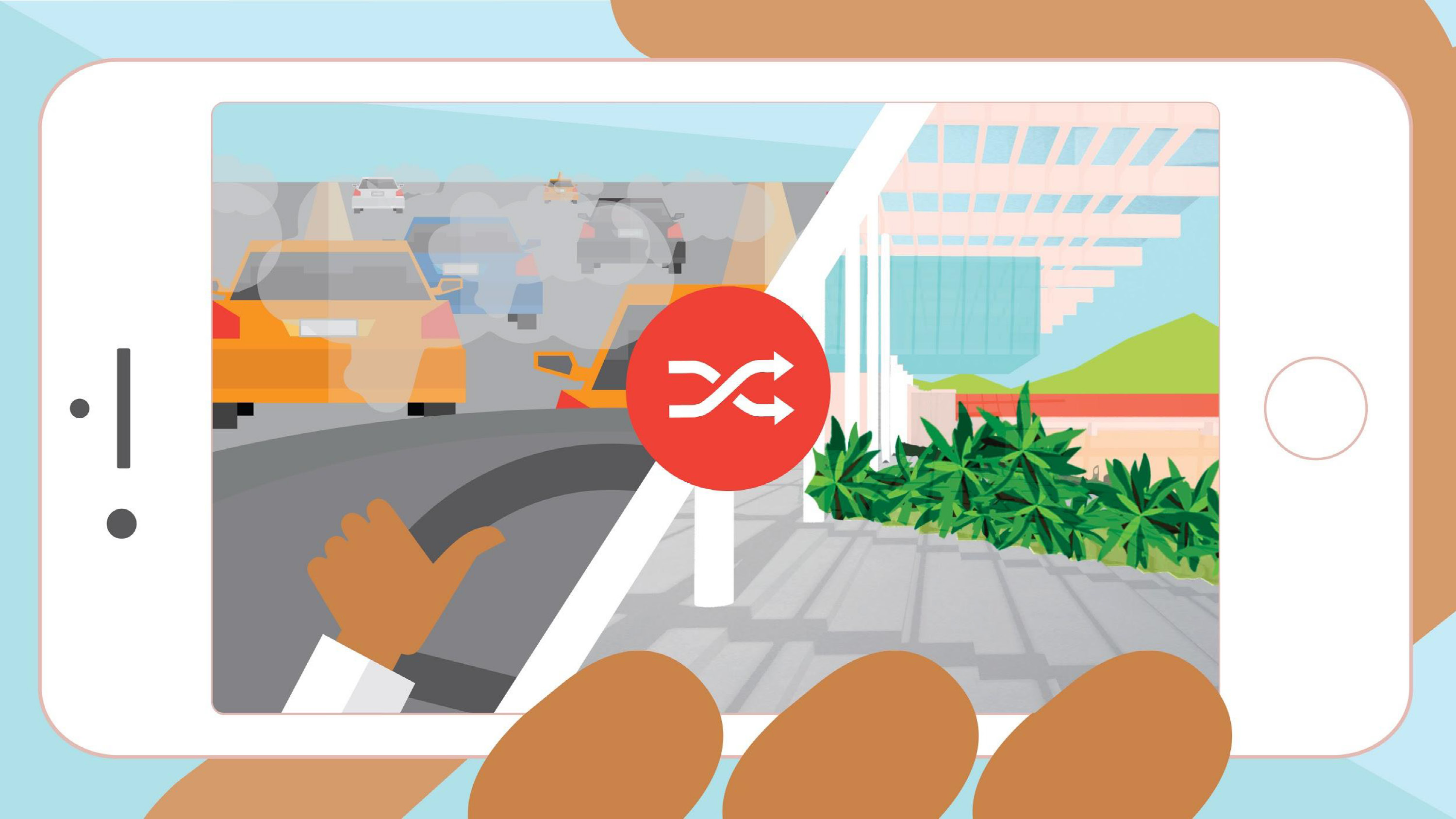Lawrence D. Burns, William C. Jordan, and Bonnie A. Scarborough, “Transforming Personal Mobility,” The Earth Institute Columbia University (August 10, 2012), ➝. The term “Mobility Internet” was first coined in William J. Mitchell, Christorpher Borroni-Bird, and Lawrence D. Burns, Reinventing the Automobile: Personal Urban Mobility for the 21st Century (Cambridge: MIT Press, 2010).
Matthew Claudel and Carlo Ratti, “Full speed ahead: How the driverless car could transform cities,” McKinsey & Company (August 2015) ➝.
Ibid., Burns, Jordan, and Scarborough.
Autonomous Vehicle Technology: A guide for policy makers, RAND, 2016. See also ➝.
Keller Easterling, Organization Space: Landscapes, Highways and Houses in America (Cambridge: MIT Press, 1999).
Viodi, "Self Driving versus Driverless - A Mobility Update with Alain Kornhauser #CES2107", YouTube (March 10, 2017) ➝.
Positions is an initiative by e-flux Architecture.
